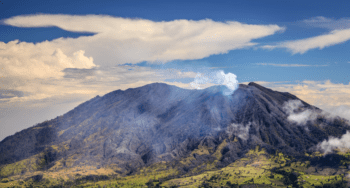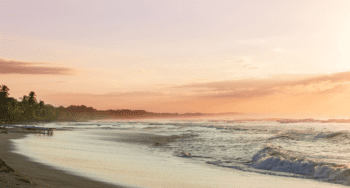Wildlife Viewing in Costa Rica: What's Covered
Costa Rica packs 5% of the world’s biodiversity into 0.03% of Earth’s landmass. Manuel Antonio delivers guaranteed sloth and monkey sightings with standard car access, while Monteverde requires 4×4 for mountain roads to spot quetzals. Arrive at 7 AM when animals are most active. Dry season concentrates animals around water sources; green season offers breeding displays and fewer tourists.
Quick Facts:
- Three-toed sloths favor cecropia trees throughout accessible parks
- Corcovado hosts jaguars and tapirs, requiring high-clearance 4×4
- Quetzals display March-June near aguacatillo trees in Monteverde
- Tortuguero requires boat-only access for turtle nesting from July to October
- Night walks reveal poison dart frogs and red-eyed tree frogs in Arenal
Top 3 Accessible Hotspots:
- Manuel Antonio – Guaranteed sloths and capuchins on 2-3 hour trails, standard car access
- Arenal Region – Toucans and poison dart frogs around hot springs, 3 hours from San José
- Sarapiquí – Red-eyed tree frogs, 90 minutes fromthe airport via Highway 32
Planning your route requires balancing travel time with early morning windows. Vehicle selection determines access—Monteverde needs 4×4, Manuel Antonio works with standard cars. Family-friendly options include Cahuita’s trails and Arenal’s night walks.
If you need any help with a Costa Rica car rental, contact us now!
Costa Rica packs 5% of the world’s biodiversity into just 0.03% of Earth’s landmass. That’s an incredible concentration of wildlife, but here’s the thing – knowing where to look and when to show up makes the difference between spotting a three-toed sloth hanging lazily from a cecropia tree and walking away disappointed.
After years of exploring Costa Rica’s national parks and remote corners, I’ve learned that successful wildlife viewing isn’t just about luck. It’s about understanding animal behavior, timing your visits right, and getting to places where most tourists never venture. Some of the country’s best wildlife encounters happen in locations that require a bit more planning – and the right vehicle – to access.
Let’s dive into Costa Rica’s top wildlife viewing hotspots, from easily accessible parks to remote wilderness areas where jaguars still roam freely.
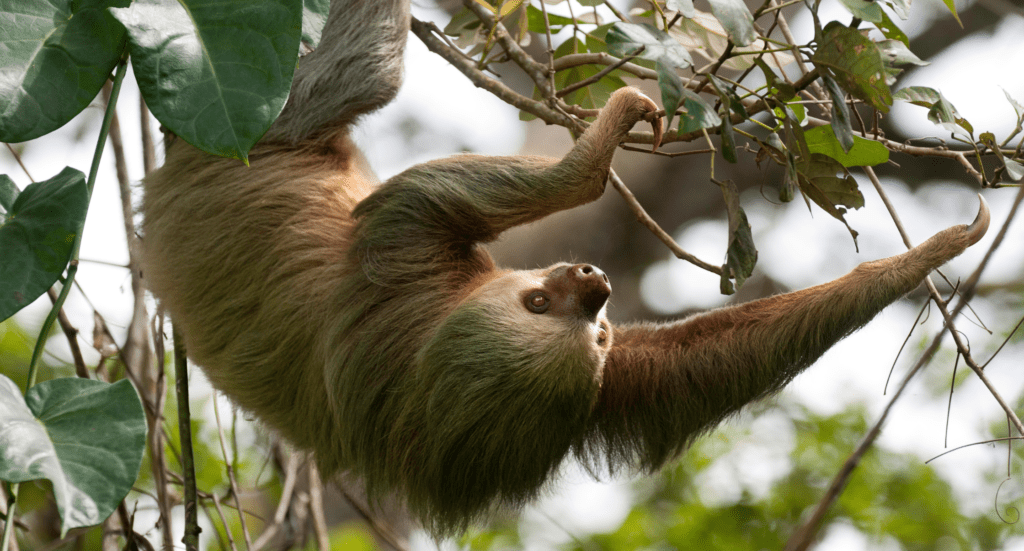
Where Can You Actually See Monkeys and Sloths Without the Crowds?
Is Manuel Antonio Really Worth Fighting the Tour Groups?
Manuel Antonio might be small, but it’s wildlife viewing gold. The combination of primary forest meeting pristine beaches creates perfect conditions for spotting Costa Rica’s most charismatic animals.
What You’ll See:
- Three-toed sloths (almost guaranteed in the cecropia trees)
- White-faced capuchin monkeys (often on the beach stealing snacks)
- Squirrel monkeys (endangered and found only here and on the Osa Peninsula)
- Two-toed sloths (harder to spot but worth the patience)
- Scarlet macaws flying overhead around 6 AM and 5 PM
The park’s main trail system takes about 2-3 hours to complete, but the real magic happens when you know where to look. Sloths favor cecropia trees with their distinctive hand-shaped leaves, usually 15-20 meters up. Capuchin monkeys gather near the beach around mid-morning, while squirrel monkeys prefer the forest canopy in the early morning hours.
Insider Timing: Arrive at park opening (7 AM) to beat the crowds and catch animals at their most active. The afternoon heat sends most wildlife into hiding, making early morning your best bet.
Vehicle Requirements: Standard rental car works perfectly. The road to Manuel Antonio is paved and well-maintained, making it accessible year-round.
Why Do Birders Drive Those Rough Roads to Monteverde?
The misty cloud forests of Monteverde host some of Costa Rica’s most spectacular birds, including the legendary resplendent quetzal. This isn’t your typical rainforest – the constant cloud cover creates a unique ecosystem where epiphytes (air plants) coat every branch and rare species thrive.
Star Wildlife Attractions:
- Resplendent quetzals (males with 2-foot tail feathers)
- Three-wattled bellbirds (you’ll hear their metallic “BONK” calls)
- Howler monkeys (their roars carry for miles)
- Coatis (raccoon-like mammals often seen in groups)
- Over 400 bird species total
Quetzals are most active during their breeding season (March-June), when males display their incredible tail plumage. They feed primarily on wild avocados, so your best chances are near aguacatillo trees along the forest edges.
Weather Reality Check: Monteverde is cool and often misty. Temperatures drop to 60°F (15°C) at night, so pack layers even if it’s hot at sea level.
Vehicle Requirements: You absolutely need a 4×4 for the final stretch to Monteverde. The road includes steep grades and can be muddy during the green season (May-November). Standard cars struggle with the elevation changes and road conditions.
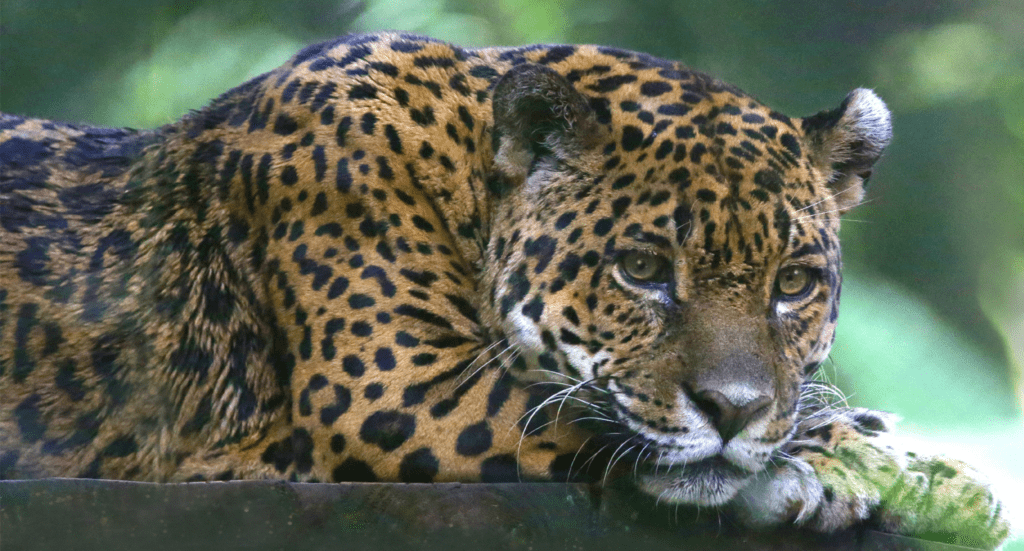
Where Do You Go to See the Really Wild Stuff?
Is Corcovado Worth the Hassle to Reach?
Corcovado on the Osa Peninsula represents Costa Rica’s wildest frontier. This park protects the largest remaining tract of Pacific coastal rainforest in Central America, hosting species you simply won’t see elsewhere.
Rare Wildlife Encounters:
- Jaguars (most likely spotted on Sirena Beach at dawn)
- Baird’s tapirs (active in early morning along forest streams)
- Scarlet macaws (large flocks fly over around 6 AM and 5 PM)
- Giant anteaters (occasionally seen crossing Sirena airstrip)
- Four monkey species including endangered squirrel monkeys
The biodiversity here is staggering – Corcovado hosts 140 mammal species, 370 bird species, and 117 reptile species. But this isn’t an easy day trip. The park requires advance planning, certified guides, and serious preparation.
Access Challenges: Reaching Corcovado involves either boat transport from Drake Bay or hiking from multiple entrance points. The most popular access is through Puerto Jiménez, but even that requires a 4×4 for the rough road to Los Patos ranger station.
Vehicle Requirements: High-clearance 4×4 essential. The roads around the Osa Peninsula range from challenging to barely passable, especially during green season.
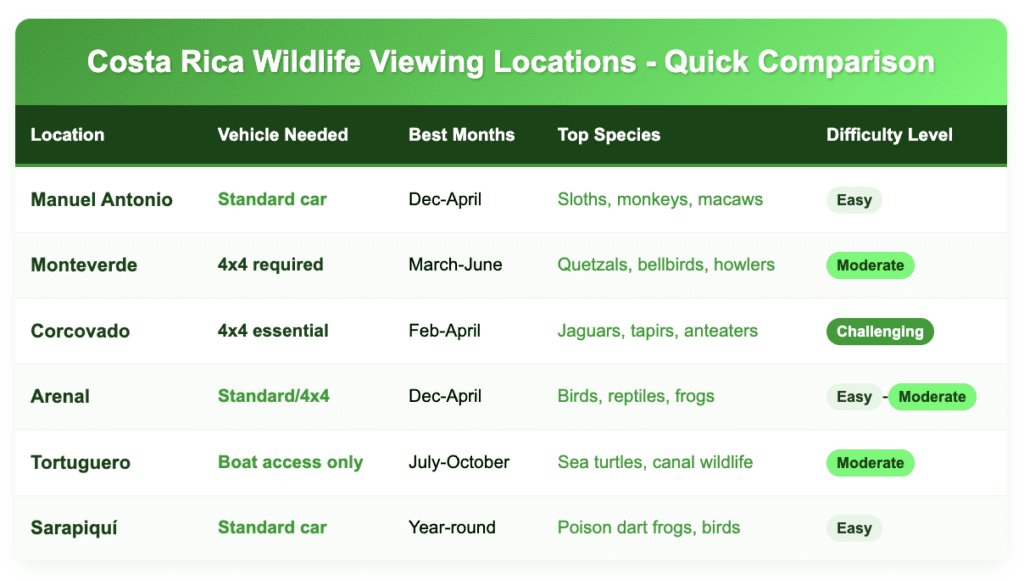
Which Places Deliver Without the Long Drive?
Why Is Arenal Everyone’s First Stop for Wildlife?
The Arenal area combines active volcanic landscapes with pristine rainforest, creating diverse habitats that attract an incredible variety of birds and reptiles. The region’s elevation changes – from 200 to 1,200 meters – support multiple ecosystems within a relatively small area.
Wildlife Highlights:
- Toucans (rainbow-billed and chestnut-mandibled species)
- Poison dart frogs (bright blue, red, and green varieties)
- Jesus Christ lizards (they actually run across water)
- Oropendolas (large birds with distinctive hanging nests)
- White-faced coatis traveling in groups of 15-30
The thermal hot springs around Arenal create unique microclimates where amphibians thrive. Night walks reveal a completely different cast of characters – red-eyed tree frogs, glass frogs, and various snake species become active after dark.
Accessibility Advantage: Most Arenal wildlife areas are accessible by standard rental car via well-maintained roads. The drive from San José takes about 3 hours on paved highways.
Best Viewing Strategy: Book a night walk with a local naturalist guide. They carry red-filtered flashlights that don’t disturb nocturnal animals and know exactly where to find the most elusive species.
Can You Really See Sea Turtles in Tortuguero?
Tortuguero National Park exists as a watery wilderness where canals replace roads and boats provide the only access. This unique ecosystem hosts wildlife you won’t encounter anywhere else in Costa Rica.
Canal Wildlife Spectacles:
- Green sea turtles nesting (July-October peak season)
- West Indian manatees (occasionally spotted in quieter canals)
- Crocodiles sunning on canal banks
- River otters playing in the water
- Over 300 bird species including the rare green macaw
The park’s canal system extends for miles through pristine rainforest, allowing you to glide silently past animals that would flee from foot traffic. Early morning boat tours (6-8 AM) offer the best wildlife viewing when animals come to the water’s edge to drink and feed.
Turtle Nesting Season: Green sea turtle nesting peaks from July through October, with September typically offering the most activity. Guided night walks on the beach reveal these ancient reptiles laying their eggs in the sand.
Access Reality: You cannot drive to Tortuguero. Access requires a combination of ground transportation to Moín or La Pavona, followed by boat transport through the canals. Many visitors fly directly from San José to Tortuguero’s airstrip.
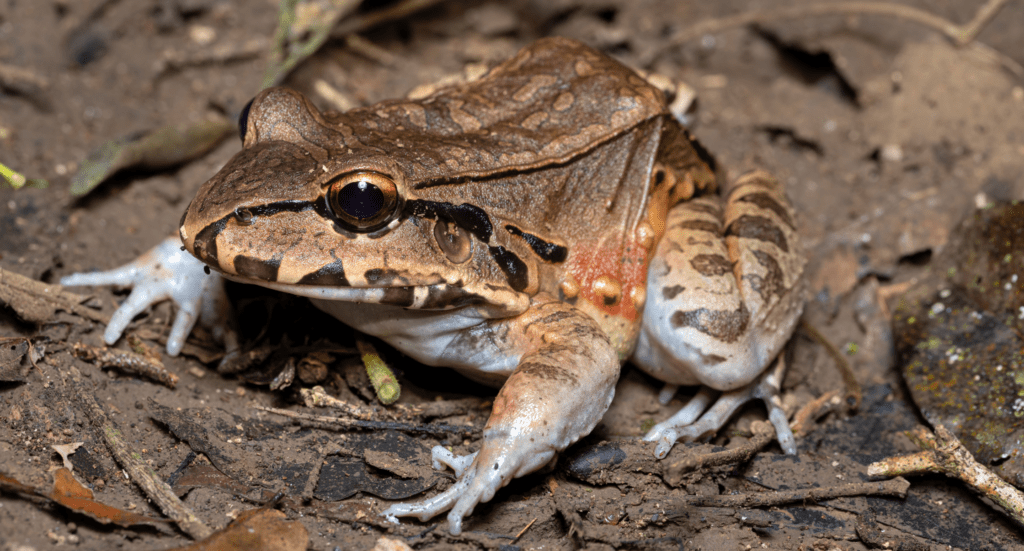
Where Should First-Timers Start Their Wildlife Search?
Why Does Everyone Rave About Sarapiquí for Frogs?
The Sarapiquí region in northern Costa Rica offers some of the country’s most accessible rainforest wildlife viewing. Located just 90 minutes from San José, this area provides excellent opportunities for seeing both diurnal and nocturnal species.
Amphibian Paradise:
- Poison dart frogs in multiple color variations
- Red-eyed tree frogs (most active at night)
- Glass frogs with transparent skin
- Various salamander species
- Colorful poison arrow frogs
The region’s numerous private reserves and research stations offer guided walks where naturalists know the exact locations of frog breeding sites and feeding areas. Unlike some remote locations, Sarapiquí combines excellent wildlife viewing with comfortable accommodations and easy road access.
Transportation Advantage: The entire region is accessible by standard rental car via Highway 32, a well-maintained route that connects San José to Puerto Viejo on the Caribbean coast.
What Makes the Caribbean Coast Different for Wildlife?
Costa Rica’s Caribbean coast hosts species found nowhere else in the country, thanks to different rainfall patterns and geological history. The region’s Afro-Caribbean culture also influences the wildlife viewing experience, with different local names and traditional knowledge.
Endemic Species Highlights:
- Strawberry poison dart frogs (found only on this coast)
- Green and black poison dart frogs
- Morpho butterflies with iridescent blue wings
- Keel-billed toucans
- Three-toed sloths in mangrove areas
Cahuita National Park offers easy wildlife viewing along well-maintained trails that wind through coastal rainforest. The combination of reef, beach, and forest habitats creates diverse viewing opportunities within a compact area.
Weather Consideration: The Caribbean coast experiences different rainfall patterns than the Pacific side. September and October are typically the driest months here, while the Pacific experiences peak rainfall.
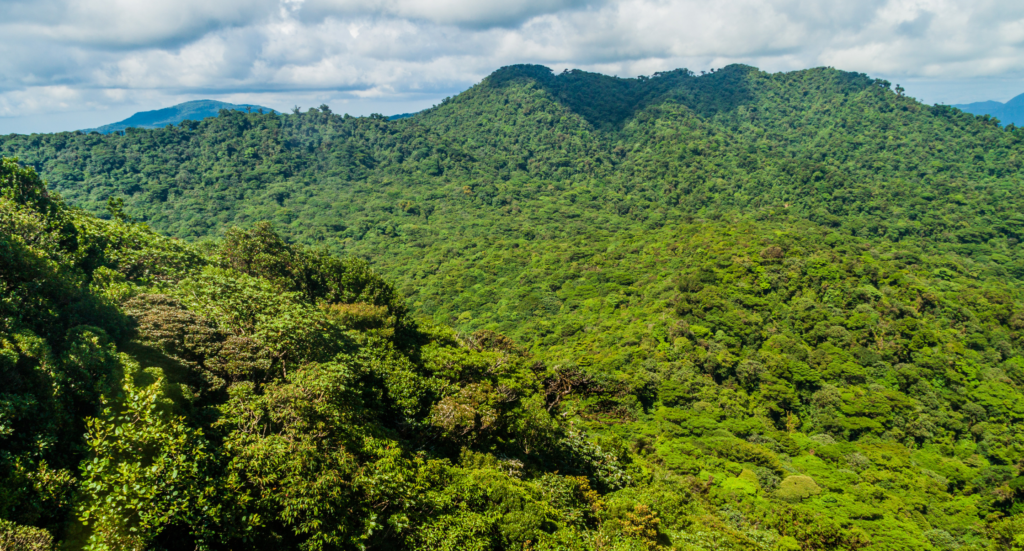
When Should You Actually Visit for Wildlife?
Understanding Costa Rica’s seasonal patterns dramatically improves your wildlife viewing success. Animals adapt their behavior to weather patterns, food availability, and breeding cycles.
Is the Dry Season Really Better for Spotting Animals?
During the dry season (December-April), animals congregate around remaining water sources, making them easier to spot. Rivers and ponds become wildlife magnets as the landscape browns and water becomes scarce.
Advantages:
- Animals concentrated around water sources
- Clearer forest undergrowth (leaves have fallen)
- Better road access to remote locations
- Consistent weather for planning activities
Challenges:
- More tourists competing for viewing spots
- Some species less active during hot afternoons
- Dust can reduce visibility for photography
Why Do Photographers Prefer the Green Season?
The green season (May-November) transforms Costa Rica into a lush paradise, but wildlife viewing requires different strategies. Animals disperse as water becomes abundant everywhere, but breeding activity peaks for many species.
Advantages:
- Peak breeding displays and calls
- Amphibians most active (especially during rain)
- Fewer tourists at popular locations
- Photography opportunities with dramatic skies
Challenges:
- Muddy roads limiting access to some areas
- Dense vegetation obscuring some viewing opportunities
- Weather-dependent activity patterns

Which Vehicle Do You Really Need for Wildlife Adventures?
Your vehicle choice directly impacts which wildlife areas you can access. Here’s the practical breakdown based on terrain and road conditions:
Standard Rental Car Access:
- Manuel Antonio National Park
- Arenal Volcano area (main attractions)
- Sarapiquí region
- Caribbean coast parks (Cahuita, Puerto Viejo area)
- Central Valley locations
4×4 Required Destinations:
- Monteverde Cloud Forest
- Corcovado National Park area
- Remote Osa Peninsula locations
- Santa Elena Cloud Forest Reserve
- Off-the-beaten-path birding spots
High-Clearance 4×4 Essential:
- Remote Osa Peninsula beaches
- Naranjo Beach (Santa Rosa National Park)
- Mountain access roads during green season
- Research station access roads
The elevation changes and road conditions in Costa Rica can be deceiving. A location that looks close on the map might require hours of mountain driving on unpaved roads. Always verify current road conditions before heading to remote wildlife areas.
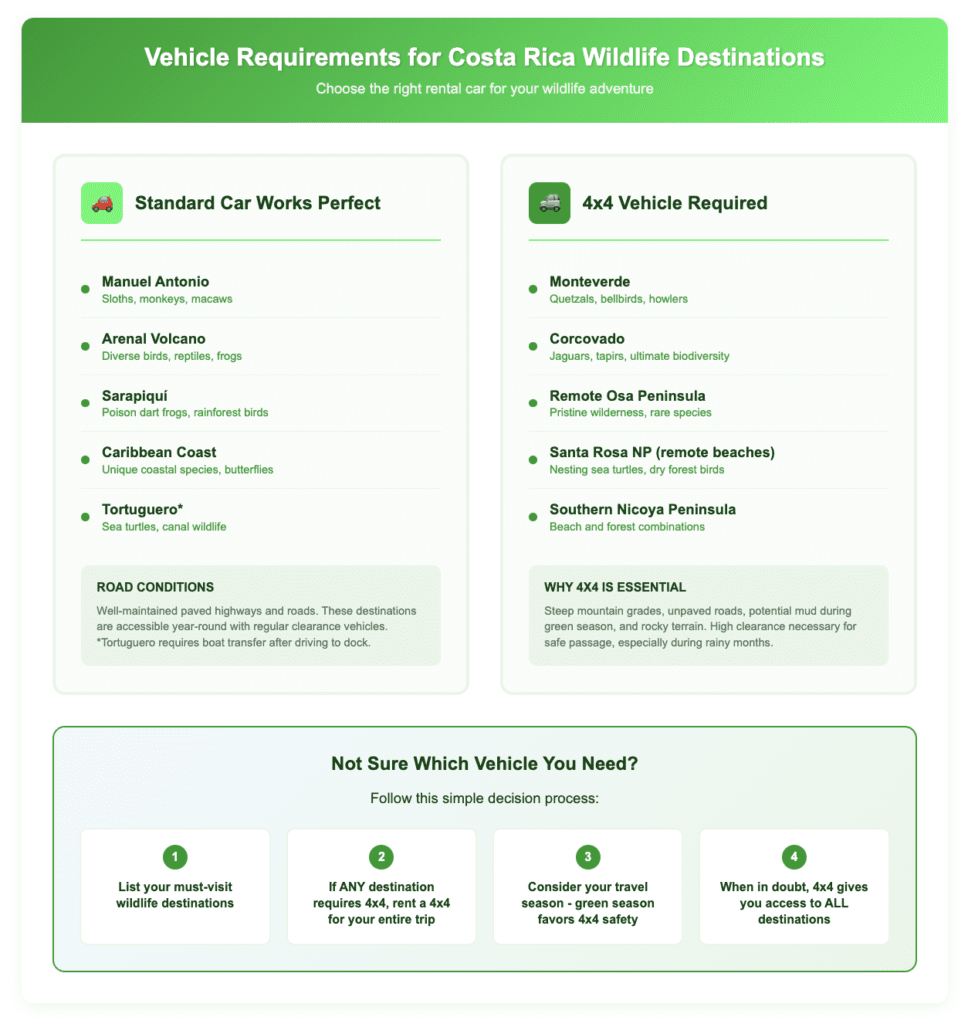
The general rule: If you’re venturing anywhere beyond major tourist destinations or traveling during the rainy season, the additional cost of a 4×4 is justified by the peace of mind and accessibility it provides.
How Do You Actually Get Good Wildlife Photos?
Capturing Costa Rica’s incredible wildlife requires understanding both animal behavior and technical photography skills. The country’s diverse lighting conditions – from bright beach environments to dark forest interiors – challenge even experienced photographers.
Essential Equipment:
- Telephoto lens (200mm minimum for mammals)
- Fast autofocus for quick-moving subjects
- High ISO capability for forest environments
- Weatherproof gear for unexpected rain
Behavioral Photography Tips:
- Move slowly and avoid sudden movements
- Use existing camouflage (trees, rocks) to get closer
- Learn animal calls to predict movement patterns
- Respect minimum distances (especially with monkeys and cats)
How Should You Plan Your Wildlife Route?
Creating an effective wildlife viewing itinerary requires balancing travel time with optimal viewing conditions. Costa Rica’s biodiversity means you can see different species within a few hours’ drive, but rushing between locations reduces your chances of meaningful encounters.
Strategic Route Planning:
- Choose 2-3 primary destinations rather than trying to cover everything
- Allow full days at each location for optimal timing
- Plan routes that minimize backtracking and mountain crossings
- Book accommodations near wildlife areas to maximize early morning viewing
- Include rest days for processing incredible experiences
Sample 7-Day Wildlife Circuit:
- Days 1-2: Manuel Antonio (easy access, guaranteed sightings)
- Days 3-4: Monteverde (quetzal hunting, cloud forest experience)
- Days 5-6: Arenal (diverse ecosystems, hot springs relaxation)
- Day 7: Return via Sarapiquí (poison dart frogs, easy drive to airport)


This circuit provides diverse ecosystems, manageable driving distances, and builds from easier wildlife viewing to more challenging cloud forest conditions.
What Should You Pack for Wildlife Adventures?
Successful wildlife viewing requires preparation beyond just showing up with a camera. Costa Rica’s tropical conditions and diverse terrain demand specific gear and mindset adjustments.
Physical Preparation:
- Break in hiking boots before arrival
- Build stamina for multi-hour forest walks
- Practice using binoculars and cameras quickly
- Understand your equipment before the field
Mental Preparation:
- Wildlife doesn’t follow schedules – patience is essential
- Some days offer incredible encounters, others are quiet
- Weather can change plans – flexibility improves experiences
- Local guides significantly improve viewing success
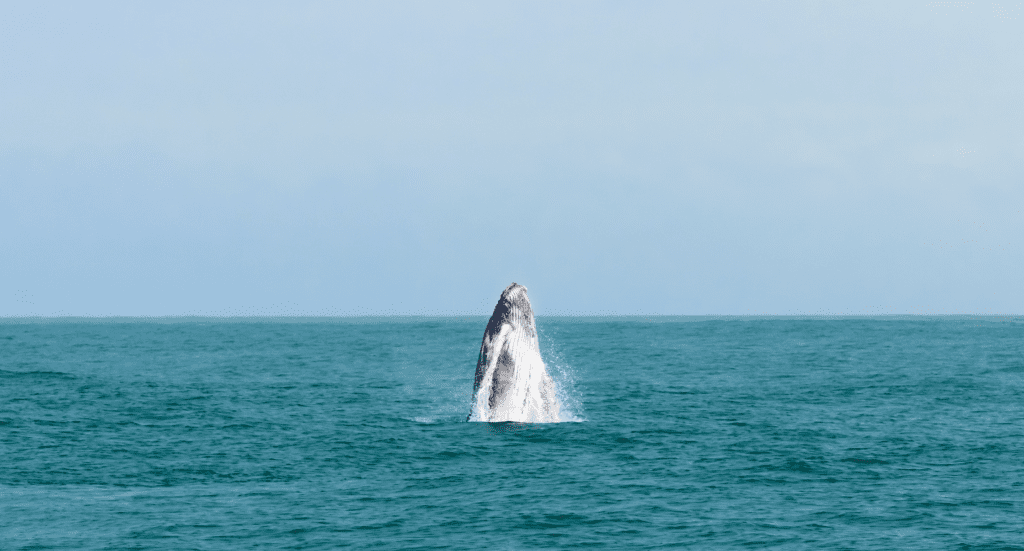
Ready to Find Costa Rica’s Wildlife? Here’s Your Action Plan
Ready to start planning your Costa Rica wildlife adventure? Here’s your practical action plan:
Immediate Planning Steps:
- Choose your target wildlife – prioritize 3-5 must-see species
- Select appropriate regions based on seasonal timing
- Reserve accommodations near prime wildlife areas
- Book your rental vehicle – 4×4 for mountain destinations, standard car for accessible parks
Vehicle Selection Made Simple: For wildlife viewing that includes Monteverde or the Osa Peninsula, you’ll need a 4×4 – there’s no getting around Costa Rica’s mountain roads and remote access points. If you’re focusing on Manuel Antonio, Arenal, and Caribbean coast locations, a standard rental car handles these destinations perfectly.
Pre-Departure Preparation:
- Download offline maps for remote areas
- Research current wildlife activity reports
- Pack appropriate clothing for multiple elevations
- Consider hiring local guides for specialized locations like Corcovado
Costa Rica’s wildlife doesn’t just exist – it thrives in one of the world’s most biodiverse countries. With the right planning, proper vehicle selection, and realistic expectations, you’ll experience animal encounters that most travelers only dream about.
The key is matching your expectations with your preparation. Want to spot jaguars? Plan for Corcovado with a 4×4 and serious commitment. Looking for guaranteed sloth sightings? Manuel Antonio delivers with easy access and reliable wildlife.
Whatever your wildlife goals, Costa Rica delivers experiences that will fundamentally change how you view the natural world. The only question is: which incredible animals will you encounter first?


